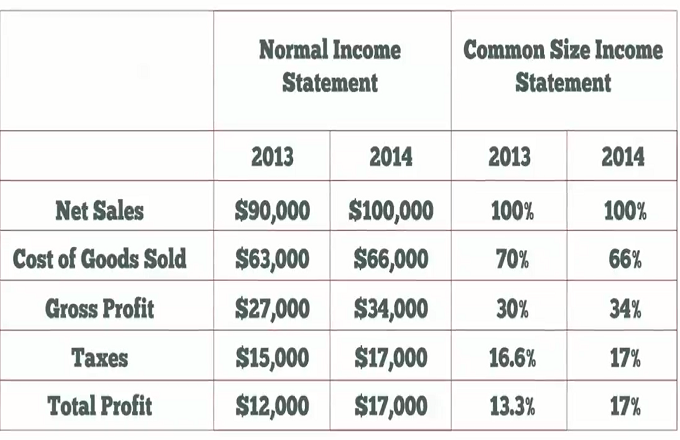Financial statements are a picture of a company’s financial health for a given period of time at a given point in time. The statements provide a collection of data about a company’s financial performance, its current conditions and its cash flow. There are four sections to a company’s package of financial statements. The balance sheet is usually presented first. This is a list of the company’s assets, liabilities and equity ownership. The account balances are as of the date listed on the financial statement. The income statement is next, and is a tally of the company’s operational performance for the given period. The period is stated at the top of the income statement, and most often, is for a full year. However, publicly traded companies must produce financial statements quarterly and file them with the Security and Exchange Commission. Next is the statement of cash flows. This statement lists the various changes to the cash account during the accounting period. It also reconciles net income or loss to changes in cash. The final section of the financial statements is the explanatory notes. These notes provide more detail about various line items in the financial statements, such as inventory methods used, contingent liabilities and owner’s equity. All financial statements provided to outside parties should be presented in conformity with standardized accounting principles. In the US, those principles are called general accepted accounting principles (GAAP). In other parts of the world, they are referred to as International Financial Reporting Standards (IFRS).





